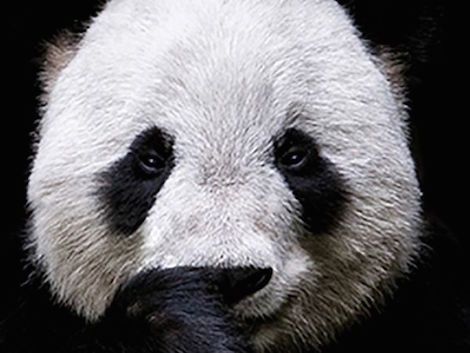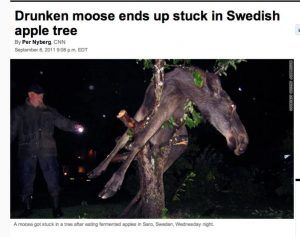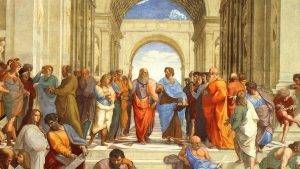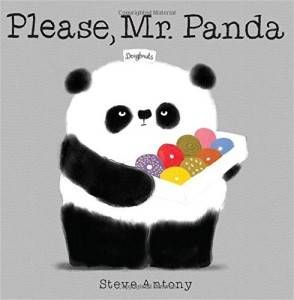
Animals: The Truth About Them
The Truth About Animals by British zoologist Lucy Cooke is more fun than a barrel of monkeys. It is a roundup of “stoned sloths, lovelorn hippos, and other tales from the wild side of wildlife.” Did you know that moose, drunk on fermented apples, can get themselves stuck in trees?

This is so embarassing.
And –surprise!– there is a happy population of hippos in rural Colombia! They are escapees from Pablo Escobar’s menagerie.
the truth about animals is animals = funny memes
Cooke’s writing style is #scicomm boss. It’s funny, it’s irreverent, it’s entertaining. I LOLed at the opening gambit of Chapter 1, Eels, which begins, “Aristotle was obsessed with eel genitalia.”

Raphael, “The School of Athens.” They thought they understood eel genitalia. HA.
We constantly anthropomorphize animals. (Read a plea for well-rounded animal characters.) Attribute to them our moral compass. We heart funny animal memes so much that we are blind to animals’ cruel true natures. They are red in tooth and claw. Et tu, penguins? Yes. Especially the penguins.
Penguins are total killers at sea. On land (were we knuckle-draggers encounter them) penguins look adorably “built like a Thermos,” writes Cooke. Their “distinctive wobble-walk…a quirky act of pathos.” However, to the prey fish that penguins eat, penguins are murderous torpedoes.
“As with the panda, the penguin’s wobbly vulnerability seemingly mimics a toddler’s first steps and triggers our innate desire to nurture,” Cooke writes. How right she is. The desire to bottle-feed a baby panda while dressed as a panda is on more than a few people’s bucket lists.

Pweeeze!
ANIMAL BEHAVIOR WISDOM OF THE AGES? HARDLY.
Cooke quotes the natural historians of the past, those great animal behavior sages of olde, French naturalist George-Louis Leclerc, a.k.a. Le Comte de Buffon and German biologist and #sciart genius Ernst Haeckel.

But early scientists also believed in spontaneous generation.
It was not that long ago that we moderns were still muddle-headed. Cooke writes that it wasn’t until 1958 that “live tadpoles were officially declared to have no contraceptive power, presumably much to the relief of woman (and tadpoles).”













